As soon as you cross the finish line of an Ironman, it is normal you will already start planning the next season and races you want to do. However, taking a rest after the Ironman is import for both body and mind, after all, you spent months of extreme dedication, your weekends were practically sitting on the bike, and you endured various dietary restrictions.
But what is the best way to recover from an Ironman? How many days you must rest and what is the best type of workout to do once you are back to a training routine?
The article below explains in detail everything you need to know about resume training after an Ironman.
The negative impact of an Ironman race in the human body
To do an Ironman race is not in the nature of the human body. Over millions of years, the human body was designed to either exercise at low intensity and high duration, or short but high intensity, that is based on the needs of mankind evolution and what our ancestors had to do. To exercise at moderate intensity (gray zone) for nine to seventeen hours is not natural or even healthy to us, and a simple blood work before and after an Ironman can detect be some problems as:
Hormonal imbalance:
An Austrian study concluded that takes three weeks for antioxidant levels return to healthy patterns, as well as muscle injury and inflammation markers to settle.
The immune system plays an important role in helping your body recover from intense workouts, but the immune system is overwhelmed during prolonged exercise and stay at low levels for up to three days after this type of activity, leaving him exposed to viral infections and bacterial.
This combined response with a fall of hormones such as testosterone and growth hormone, and an increase of cortisol (stress hormone) complete the total hormonal imbalance after competing in Ironman.
Kidney overloaded:
With the high rate of muscle cells breakage, there is an increase in blood levels of myoglobin. Myoglobin is a protein and harmful to the kidneys. Some athletes report change in color of urine after an Ironman race, which is a sign of rhabdomyolysis, a medical condition that indicates overload the kidneys due to muscle damage.
The combination of dehydration and ingestion of Advil (Iboprufen), may further worsen the picture of the kidneys, in some rare cases even get in renal failure. Therefore taking advil for an Ironman is never recommended.
The good news is that while the response of your body to an effort such as an Ironman race sounds serious and dangerous, you can mitigate some of these downsides with appropriate recovery and training once you are done with the race. Here’s how:
Phase 1 (1 to 21 days after the race) – Recovery Guidelines
Day 1 to 10 after the Ironman:
Beginners or intermediate athletes should take as many days off as you want, this will do you good not only for your body but also the mind, you have worked hard and now is the time to recover. If you think some easy exercising will help you feel better and less bloated or tight, do 20-40min swimming or cycling but at very low intensity. Do not run during this period.
High performance athletes should take a few days off completely and rest during this period, but active rest with some swimming or cycling, both at low intensity, will help you recover faster. Do not run during this period.
Day 11 to 21 after the Ironman:
Beginners or intermediate athletes should start back wish some activities at low intensity and little structure. Try to keep the activities (note the word activity and not training) shorter than an hour. You can also get back to some running and exercise daily. However if you still feeling like resting fully for the whole day, do it without guilt, the time is now.
High performance athletes will benefit from daily activities and some accelerations in the pool using paddles and on the bike pushing some heavy gears, this will help you recruit your specific muscles but still keeping your heart rate low. Some days you should also do double training, keep in mind that two short workouts is less aggressive for your immune system and hormone levels than one longer session.
Phase 2 –What to train after the 21st day after your race
Once you get back to a proper training plan, it should not only consider the races you want to do from that point, but also the specific training for the Ironman you did in the previous three months.There are several fitness aspects targeted in a training plan, and you must understand that your Ironman preparation required specific sessions and you spent most of your workouts in the “gray zone”, at moderate intensity but long workouts.
This type of training is important for a good performance in Ironmans, but considering that this type of training begins mostly in the last twelve weeks before the race, it means that other important aspects of your fitness, such as strength, speed and high intensity aerobic training, were left aside on that final Ironman prep.
Once you complete your recovery protocol, your best option is to start a training block focused on short races, even if the short or medium term goal is another long or middle distance race.
Understand that just maintaining your endurance in your post Ironman training is enough to maintain good endurance as you will be coming off months of endurance focused training.
Add weight training in this phase can also be a good idea as it will help your hormonal level to balance out again and give you some general strength.
Phase 3 – Plan your race calendar wisely
Avoid any kind of races for at least 3 full weeks after the Ironman. Then starting on the fourth week, you can schedule some short events that will give you the opportunity to also test the short course training you will be doing and acquire skills and race day strategies that will be useful for long races in the future.
If you have a long race scheduled 4-6 weeks after your Ironman, you do not need to go long in your training as you would had you not competed in the Ironman, your endurance will still be at a decent level (refer to graphic above).
A Common error is to run a marathon under 4 weeks after the Ironman as the risk of an injury is huge, not only during the competition itself, but also due to reason the athletes will focus more on running after the Ironman and that should be the discipline you will train the least!
Nutrition after the race? Tips for athletes of all ages, sports and historical levels
Post race nutrition – How your ability, age and background have an impact on it.
It is normal and will do you good to let the diet go a little after the race. Even “pigging out” some and putting on some weight is fine and will help you to recovery.
But there is profile of athlete that must hold back a little and think ahead before putting on five or more kilos in the weeks after the Ironman. They are the masters athletes (forty-five years or more) at a high performance level. The reason is that as you age, weight loss becomes increasingly difficult, and you fought so hard to get to this excellent physical shape and run the risk of lose it all and start all over again.
That would be fine if your goals ended up there (such as placing at a major Ironman event or qualifying for Kona for example), otherwise, you will deal with the challenge of being a little heavier right at the beginning of the first block of training after the Ironman, and combined with the intensity of the short course training that follows your Ironman recovery, this can be a recipe for an injury. High performance master athletes should find a good balance of letting the diet go a little to get that mental break, but don’t overdo it. For all other types of athletes, either at a beginner level or the younger that can lose weight easily, enjoy the off-season, eat well and do not rush to resume training.
Enjoy your training.
>>> Check ironguides 4 weeks Ironman recovery training plan for only 39USD, all the above information structured in an easy to understand routine.
ironguides is the leading Lifestyle Facilitation company for athletes of all abilities. We provide coaching and training services, plans and programs, as well training education, health and fitness products to help you learn and live a healthy lifestyle. Come get fit with one of our monthly training subscriptions, event-specific training plans, coaching services, or a triathlon training camp in an exotic location! ironguides also provides Corporate Health services including Corporate Triathlons, Healthy Living retreats and speaking engagements. At ironguides, your best is our business!
Train with ironguides!
Personalized Online Coaching: Starting at USD190/month
Monthly Training plans (for all levels, or focused on one discipline): Only USD39/months
Event based training plans:
Sprint Distance (USD45 for 8-week plan)
Olympic Distance (USD65 for 12 week plan)
Half Ironman (R$95 for 16-week plan)
Ironman (USD145 for 20-week plan)
X-Terra (USD65 for 12-week plan)
Running Plans (10k, 21k and 42k – starting at USD40)



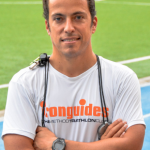


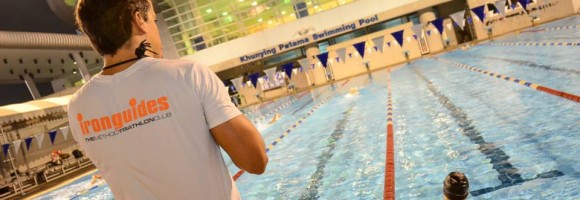
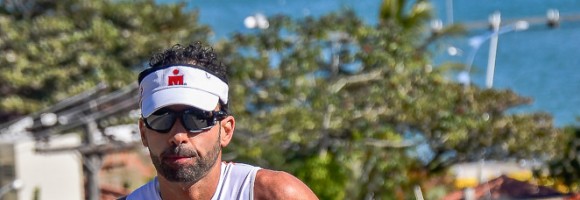
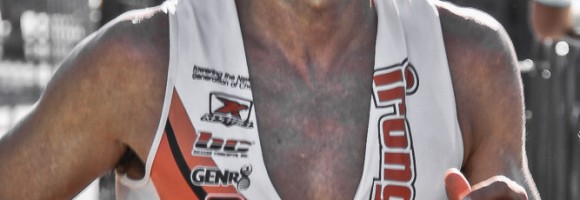
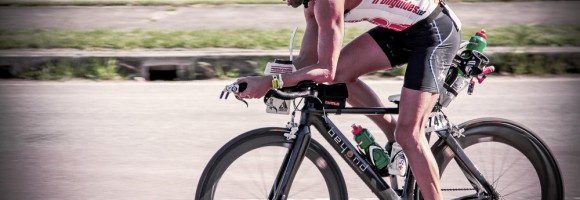
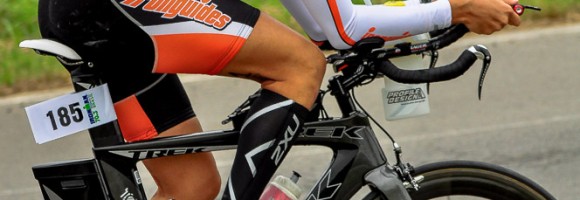




Recent Comments